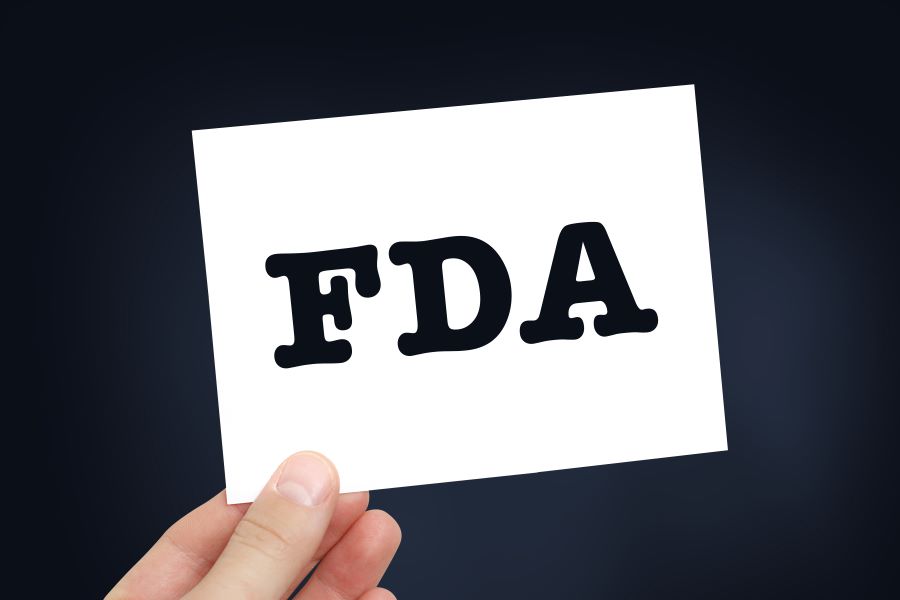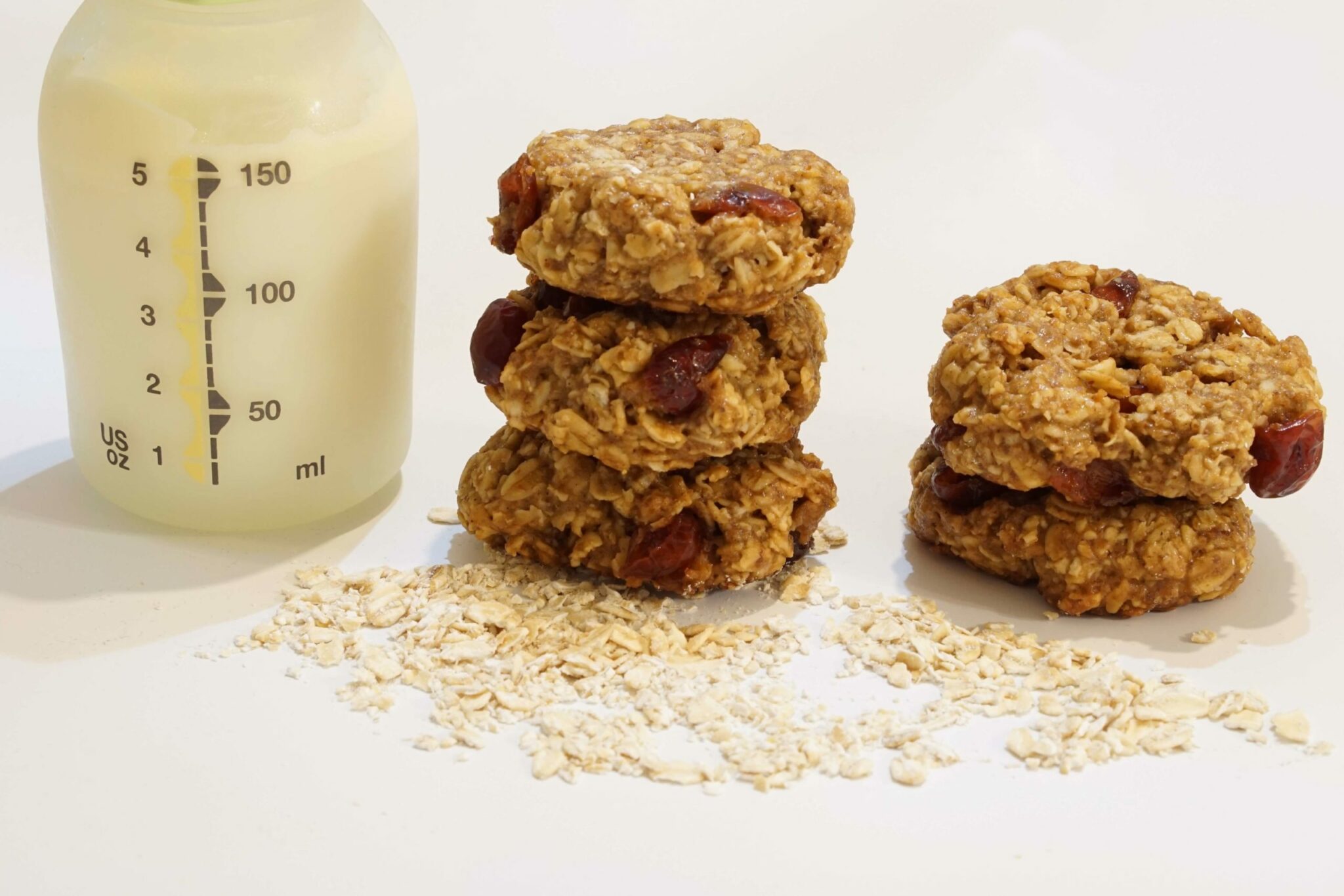FDA Changes the way Drugs are Labeled for Pregnant and Breastfeeding Women


A new change was approved in late 2014 by the Food and Drug Administration (FDA) that will affect how pregnant and breastfeeding women understand the safety of the medications they take.
Up until this new change, drugs fell into the following categories when it came to the safety of use (and the concern for birth defects) in pregnancy:
Category A: Adequate and good-quality studies have failed to show harm to a developing fetus (therefore, considered very safe).
Category B: Studies in animals have not shown harm, but good quality studies in humans don’t exist.
Category C: Animal studies have shown some negative effects, and human studies don’t exist. However, the benefit of use may outweigh the potential harm.
Category D: There is evidence of risk to the fetus from human studies, but they are not high-quality studies. Again, the benefits of use may outweigh possible harms.
Category X: Studies in animals and humans show definite harm to developing fetuses and use should be avoided.
How confusing are those categories? Even more confusing is that the majority of drugs fall into Category C, which can leave a pregnant woman wondering if the medication she’s been prescribed is really safe or not. For example, a very common stool softener used in pregnancy called docusate is in Category C. Considering that the average pregnant woman takes 3-5 medications during her pregnancy, making their safety more clear is certainly a necessity.
The good news is that the new labeling will get rid of this confusing letter system. Instead, detailed information about the risks and benefits of the drug will be provided so that a provider and patient can decide together if a medication is safe or necessary. The new system will also provide links to registries where pregnant women can enroll if they are taking medication. Since it is hard to get approval to study new medications in pregnant women, a lot of data comes from registries that rely on women to voluntarily report any negative outcomes while on a drug. Having this information more available will hopefully lead to better data and therefore safer medications for pregnant women.
The new FDA labeling will also further divide the safety categories into the following:
- Pregnancy
- Lactation
- Females and males of reproductive potential
Creating these new categories is very helpful, especially in people who want to assess a drug’s safety if they are actively trying to get pregnant. The recommendation to use birth control while on a drug (for example, one that would be very toxic to a developing fetus were she to conceive while taking it) as well as concerns for hurting future fertility will fall into this last new category.
These changes will go into effect on June 30, 2015, and will likely take several years to change over completely. Over-the-counter medications will not be affected by this change, so there is still some work to be done in that regard. Hopefully, these changes will spur more research in the safety of these drugs in pregnant and breastfeeding women.
Sources:
- The American College of Obstetricians and Gynecologists. ACOG statement on FDA pregnancy labelling final rule.
US Food and Drug Administration - Pregnancy and lactation labelling final rule.
US Food and Drug Administration - Pregnant? Breastfeeding? Better drug information is coming.
Drugs.com - FDA pregnancy categories.
Powered by Bundoo®










































